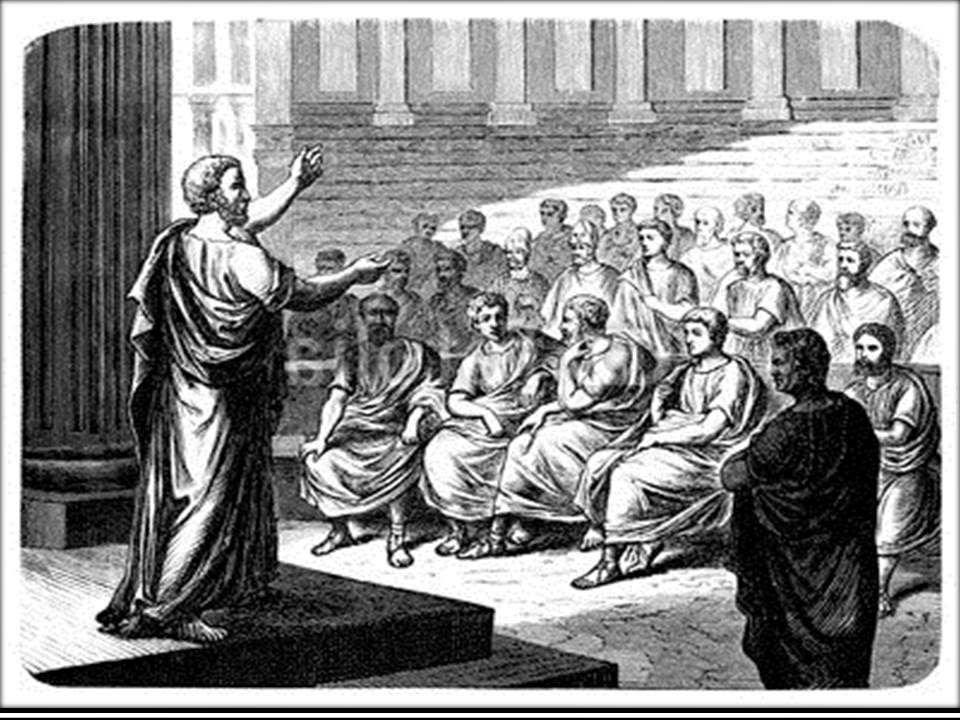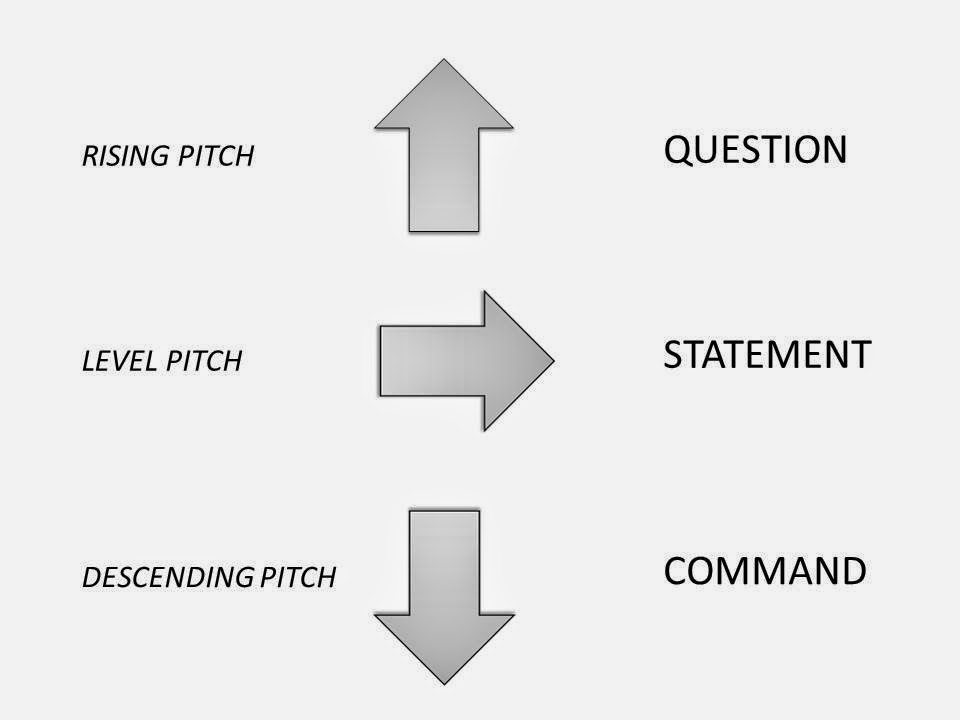A covert hypnosis technique is the one in which a person is hypnotized without their knowledge. It’s usually carried out in a conversation.
The idea that someone can control our mind using their speech freaks out many people. They forget that we’ve all been covertly hypnotized in one way or the other.
Our entire childhood was essentially a period of hypnosis during which we acquired the beliefs of those around us. So as long you keep your exercising your conscious thinking power, you’ll be good.
Covert hypnotic techniques
You may be wondering how someone can hypnotize you by using mere words. The underlying principle of all the covert hypnotic techniques is the same as that in traditional hypnosis. It involves evading the conscious filtering and letting the information reach the subconscious directly.
Following are the most commonly used covert hypnotic techniques…
1. Keywords
There are certain keywords and phrases that directly act as subconscious commands. They force us to put aside our critical thinking faculties. Examples include words like “imagine” and “relax”.
These words are commands that our subconscious immediately acts upon before we can consciously decide not to. Of course, assuming our mind isn’t preoccupied with much else.
Visual images are the strongest forms of suggestions and that’s the reason why visualization is so effective. When I ask you to imagine something, I’m programming your mind with whatever it is that I’d like you to imagine.
If you’re still trying to figure out how a simple word like that can program your mind, consider this hypothetical scenario…
You’re very reluctant to sign a business deal that can allow your business to expand internationally. You have your reasons. A business partner wants to persuade you to sign the deal because he thinks it’s worth it. After trying hard but failing to persuade you, he finally tells you:
”Imagine what it would be like if our business expands internationally. We will set up international offices. Other international companies will become interested in us. Our fame and reputation will touch the skies and our market value will grow exponentially.
We’ll earn much larger profits than we are earning now and we’ll live a 5 times better life than the one we are living right now.”
These lines paint a vivid picture of your future success in your head, you will most likely succumb to the temptation and you will forget or give no weight or dismiss the reasons that initially compelled you not to sign the deal. This because your subconscious mind is much more powerful than your conscious mind.
2. Ambiguity
Using ambiguous speeches is a common way many power-hungry leaders, dictators, and other political leaders hypnotize the masses. Many so-called great political leaders are nothing more than skilled orators.
Next time there’s an election campaign in your area, I want you to pay attention to the kind of words that different leaders use to garner vote and support.
You will realize that most of the time, the speeches of political leaders are devoid of logic. They’re full of ambiguity and vague slogans that serve no other purpose than to whet the emotions of the crowd.
A logical leader who uses clear, unambiguous speech and does not stir up the emotions of the people hardly wins an election.

The important question is: How does ambiguous language hypnotize the people? If I tell you simple, logical and meaningful sentences, your conscious mind finds no problems in working out the meaning of what I say. For example:
”Vote for me because I’ve planned many great economic and social policies that will surely improve the economic and social conditions of our country. These policies include…”
Boring!
On the other hand, if I use vague words and work on instigating your emotions, it has a tremendous effect. Your conscious mind is busy figuring out the logical meaning of my sentence (which doesn’t exist). Meanwhile, I bombard you with suggestions to vote for me. For example,
”People of Deceitville! I ask you to RISE UP to the challenge! I ask you to wake up and embrace CHANGE! Together we CAN. This time we choose unity and progress! This time we choose Hanan’s Democratic Party!”
What challenge am I asking you to rise up to? What change am I asking you to embrace?
While your conscious mind gets busy finding answers to these unanswerable questions, I throw in the ‘suggestion’ to vote for me which directly reaches your subconscious mind. My odds of winning the election from Deceitville will dramatically increase.
3. Conjunctions
Using conjunctions is a popular traditional as well as a covert hypnosis technique. This covert hypnosis technique involves stating a few absolute truths at first that your audience or subject can immediately verify.
After providing a series of correct information, you give the suggestion with which you hope to program the mind of your audience or the subject, linking it with the rest of the information via a conjunction such as ‘because’.
Think of your subconscious mind as a club and the security guard guarding the club as your conscious mind. The job of the security guard is to make sure that no one enters the club who has the potential of causing any kind of danger to the people inside.
Similarly, the job of your conscious mind is to keep out any information with which you may not agree.
Initially, the guard is alert and frisks carefully each person who enters the club. In any conversation, we are most conscious in the initial stages when we tend to carefully scrutinize what the other person is saying, especially if he is a stranger.
When the guard checks many people and doesn’t find anything questionable about any of them, he becomes less careful, tired, and lazy. He makes his checking less intense.
As we proceed in a conversation and build trust, we lower our guard and don’t deem it necessary to scrutinize and analyze every word the other person utters.
At this stage, a criminal is likely to carry a gun into the club without being noticed, thanks to the weariness and nonchalance of the security guard.
When you have built trust on a conscious or an unconscious level with a speaker, he gains the power to program your mind with any suggestion that he wants.
Take a look at this typical speech given by a political leader during an election campaign. Imagine yourself as a member of the audience…
”Ladies and Gentlemen! As I stand here before you tonight on this beautiful and charming occasion, I’m pretty sure that you all have gathered here with much enthusiasm and excitement.
I feel the same excitement as I am speaking to you right now. You have all gathered here on this wonderful occasion because you believe in our party and our mission.”
“Ladies and Gentlemen!” You don’t even need to look around to know that there are ladies and gentlemen around. This statement, though used to gain attention, is registered as truth by your mind.
“As I stand here before you tonight…” Of course, he’s standing before you tonight. Another truth and the occasion is most probably a beautiful and charming one too. Yet another truth.
“You have all gathered here…” No doubt you all have gathered here tonight and are full of excitement. What a useless thing to say. People who have gathered to hear someone speak are usually excited. The purpose here is to state an obvious truth so that you begin to trust the speaker.
After building trust, he throws in his suggestion: “You believe in our party and our mission”.
Note how the speaker uses the conjunction ‘because’ to link two absolutely unrelated statements. You all gathering here on this wonderful occasion has got nothing to do with you believing in the speaker’s party or mission.
You’ve all come here just to know what the party’s mission is and then to decide for yourself whether you should believe it or not. But because you have built trust with the speaker you’re likely to accept his suggestion that was preceded by a string of absolute truths.
Here’s what the conjunction ‘because’ does:
When you hear the statement, “You believe in our party and our mission”, your mind scans for a reason to believe this statement. At this stage, you’ve already been hypnotized.
So instead of looking for a logical reason to believe this statement, you accept the illogical reason that the speaker pre-provides i.e. “You have all gathered here on this wonderful occasion”.
Before you know it, you are entranced and mesmerized by the speaker and strongly believe in their mission. It doesn’t matter that you don’t even know yet what it actually is.
4. Presuppositions
Presuppositions are interesting because normally in hypnosis we first distract the conscious mind of a person. After that, we introduce a suggestion. But in presupposition, the opposite happens.
First, we give the suggestion and then we distract the conscious mind of the person to evade its scrutiny.
Let’s say I’m a salesman at an insurance company trying to sell you a policy. My goal is to program your mind with the suggestion, “Our policies are unique and reliable” which you obviously don’t believe yet.
If I simply blurt out, “Our policies are unique and reliable” you’re not going to believe it and your mind will be like, “Oh really? Why should I believe that? Give me proof”.
This conscious scrutiny is what we try to eliminate in presuppositions so that you accept the suggestion without any questioning.
So instead I say to you, “Not only are our policies unique and reliable but they also provide you with long-term security and benefits”. Or something like, “Besides our policies being unique and reliable, we also provide you with all kinds of customer support and help 24/7”.
By presupposing my suggestion as an unquestionable truth, I distract your conscious mind by giving it different information to think about. Thus, my suggestion is not scrutinized.
At this point, you’re unlikely to question my claim that “our policies are unique and reliable”. Instead, you might ask something like, “What kind of long-term security and benefits will I get?” or “What kinds of customer support do you provide?”
5. Analogue marking
Analogue marking sure sounds technical but it’s something we all do naturally in conversations. It means highlighting specific keywords and phrases during a conversation. The goal is to directly communicate with a person’s unconscious mind.
Our unconscious mind is evolved to always pay attention to changes in the environment. This is called the oriental response.
When you’re in a room and someone enters through the door, you automatically turn your head to check who it is. This might seem like a conscious response but most of the time it isn’t. Most of the time it’s unconscious and automatic and happens without the involvement of your will.
This behavioral response is a part of our genetic heritage. It was helpful thousands of years ago when humans had to protect themselves from predators. At the time, the degree of awareness of the changes in the environment could’ve meant the difference between life and death.
In short, any change in the environment is immediately noticed by the subconscious mind. This fact is what we exploit in analogue marking. By inducing some sort of a change in the environment when we’re sending our message during the conversation, we increase the odds of communicating directly with the subconscious of our subject.
Analogue marking steps
- First of all, you need to build trust and establish rapport with the person you’re conversing with. This can be done by stating a few true facts, smiling, appearing friendly or using a technique called mirroring.
- Decide beforehand what message you want to communicate to the person’s unconscious mind. Let’s say it is “Allow yourself to feel comfortable” because making sure a person feels comfortable around you can be very advantageous.
- Think of a context you can talk about where that message you want to send would not be out of place, for example talking about a visit to the beach. “I like visiting the beach where you can just relax and allow yourself to feel comfortable, and gaze at the sea waves.”
- Then talk about the context using a sentence that can accommodate the embedded message. “I like visiting the beach where you can just relax and allow yourself to feel comfortable, and gaze at the sea waves.”
- When you get to the embedded message “allow yourself to feel comfortable”, do something to mark it out for the person’s unconscious mind to notice. You can do that by lowering the tone of your voice, slowing down your voice, touching their arm, raising your eyebrows, tilting your head, etc.
Using the descending voice pitch is found out to be very effective in analogue marking.
6. Voice pitch
Pitch of the voice is a measure of its shrillness. The more shrill the voice, the more high-pitched it is said to be. To understand it simply, think of it this way- men generally have low-pitched voices, and women generally have high-pitched voices.
The pitch and tone of your voice determine at a deep unconscious level what kind of a sentence you are saying.
I want you to do an exercise. I want you to say out loud, “What have you done” in three different ways…
First, say it with a rising pitch where your voice is dull and low in the beginning. Then it becomes loud and sharp toward the end. You’ll notice that the rising pitch gets processed as a question by our mind. You’re asking the other person what he has done purely out of curiosity. It also indicates excitement.
Next, say the sentence with a level pitch where your voice has the same medium pitch at the end of the sentence as in the beginning. A level pitched voice gets processed as a statement by the mind. You probably know what the other person has done and are expressing your disappointment.
Finally, say it with a descending pitch where your voice is sharp and loud at the beginning. Then it becomes low and slow towards the end. A descending pitched voice gets processed as a command by our mind. You’re probably angry at what the other person has done and are demanding an explanation.

As you have seen, the descending pitch opens up the command module in someone’s mind. People are more likely to do what you ask them to do when you talk in a descending pitch because their mind processes it as a command.

